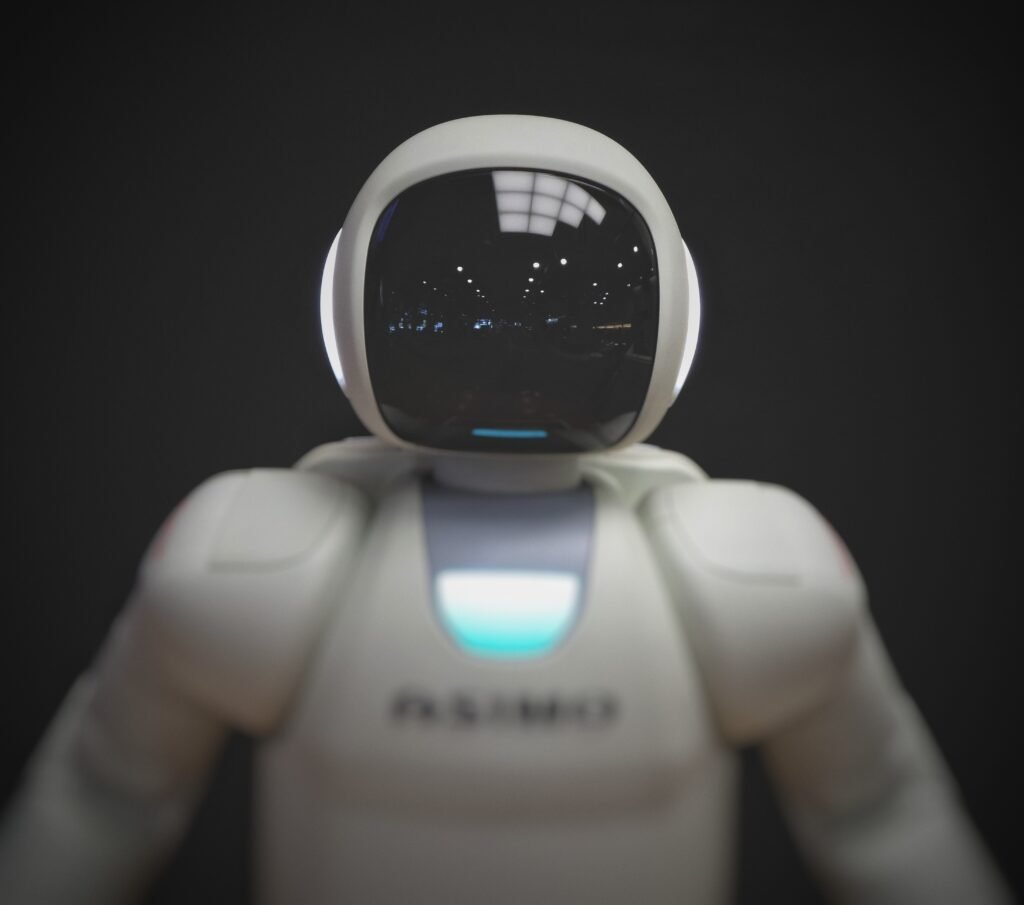Artificial Intelligence (AI) is a fascinating field that is changing the way we solve complex problems and interact with technology. In the name of “An Introduction to Artificial Intelligence by Edureka,” this video by Edureka aims to explain the concept of AI and its applications in various fields such as healthcare, robotics, marketing, and more. The video covers topics including the types of AI, like Artificial Narrow Intelligence and Artificial Superintelligence, as well as the technologies used in AI, such as machine learning, deep learning, and natural language processing.
Throughout the video, Edureka provides insights into how AI is transforming our daily lives, from the accuracy of search results on Google to personalized content on social media platforms like Facebook. They also highlight the importance of understanding the difference between AI, machine learning, and deep learning, as these terms are often used interchangeably but have distinct applications. Overall, this video is a comprehensive introduction to the fascinating world of AI and its impact on various industries.
Introduction to Artificial Intelligence
Artificial Intelligence (AI) is a rapidly evolving field that aims to develop intelligent machines that can work and behave like humans. It encompasses a range of technologies and applications that have the potential to revolutionize various industries. In this article, we will explore the definition of AI, the different types of AI, and its applications in healthcare, robotics, marketing, and business analytics.
What is Artificial Intelligence
Artificial Intelligence, as defined by John McCarty at the Dartmouth conference in 1956, is the science and engineering of making intelligent machines. It involves creating machines and systems that can mimic human behavior and decision-making capabilities. AI works by analyzing large amounts of data, identifying patterns, and making predictions or recommendations based on that analysis. Its main goal is to enable machines to solve complex problems that would normally require human intelligence.
The role of AI in problem-solving is significant. It can process vast amounts of data quickly and accurately, enabling machines to make informed decisions based on patterns and algorithms. AI systems can also adapt and learn from new data, making them versatile in problem-solving tasks.

Types of Artificial Intelligence
There are three main types of artificial intelligence: Artificial Narrow Intelligence (weak AI), Artificial General Intelligence (strong AI), and Artificial Superintelligence.
Artificial Narrow Intelligence refers to AI systems that are designed to perform specific tasks. Examples of narrow AI include voice assistants like Siri or Alexa, which can understand and respond to specific voice commands. Narrow AI has found applications in various fields and is currently the most common type of AI in use.
Artificial General Intelligence involves machines that possess the ability to perform any intellectual task that a human being can. However, achieving true General AI is a challenging task and remains an active area of research.
Artificial Superintelligence is a hypothetical scenario where machines surpass human intelligence and possess capabilities that are far beyond human understanding. While this type of AI is not yet realized, experts like Elon Musk have expressed concerns about its potential risks.
Applications of Artificial Intelligence
Artificial Intelligence has numerous applications across various industries. Here are some notable applications of AI in healthcare, robotics, marketing, and business analytics.
AI in Healthcare
AI is revolutionizing the healthcare industry by improving diagnosis, treatment, drug discovery, and medical imaging. AI algorithms can analyze patient data and medical records to provide accurate and timely diagnoses, aiding healthcare professionals in decision-making. AI also plays a crucial role in drug discovery, where it can analyze vast amounts of chemical and genetic data to identify potential drug candidates. In medical imaging, AI algorithms can analyze and interpret images such as X-rays, MRIs, and CT scans, helping radiologists detect and diagnose diseases more accurately.
AI in Robotics
AI is enabling advancements in robotics, making machines more capable and versatile. Automation and manufacturing processes have seen significant improvements with the integration of AI technologies. Robots can perform repetitive tasks more efficiently, reducing human involvement and increasing productivity. Humanoid robots, like Sophia developed by Hanson Robotics, have the potential to interact with humans and provide assistance in various areas, such as customer service and caregiving. Assistive robots are also being developed to aid individuals with disabilities and elderly people in their daily tasks.
AI in Marketing
AI is transforming the field of marketing by enhancing customer segmentation, personalized recommendations, and predictive analytics. AI-powered algorithms can analyze customer data, behavior, and preferences to create targeted marketing campaigns. This enables businesses to better understand their customers and deliver personalized content or product recommendations, improving customer satisfaction. Predictive analytics powered by AI can analyze historical data to forecast trends, market demands, and customer behavior, helping businesses make informed decisions.
AI in Business Analytics
AI is playing a crucial role in business analytics, enabling organizations to make data-driven decisions and gain insights into their operations. AI-powered data analysis techniques can process large datasets, extract valuable information, and identify patterns or trends. Demand forecasting, a vital aspect of business planning, can be greatly improved with AI algorithms that analyze historical data and market trends. AI also contributes to fraud detection by analyzing transactional data and patterns to flag suspicious activities.

Types of AI Technologies
Several AI technologies contribute to the development and implementation of AI systems. Some notable AI technologies include:
Machine Learning: A subset of AI that involves training machines to learn from data and improve their performance over time. Machine learning algorithms can identify patterns in large datasets and make predictions or recommendations based on that analysis.
Deep Learning: A subset of machine learning that uses artificial neural networks to simulate the learning process of the human brain. Deep learning algorithms are capable of processing complex data, such as images or natural language, and extracting meaningful information.
Natural Language Processing: The ability of machines to understand and interpret human language. Natural language processing enables machines to analyze, interpret, and respond to human communication, both written and spoken.
Computer Vision: The ability of machines to understand visual information, such as images or videos. Computer vision techniques enable machines to identify objects, recognize faces, and analyze visual data.
Expert Systems: AI systems that mimic the decision-making capabilities of human experts in a specific domain. Expert systems use knowledge bases and rules to solve complex problems and provide expert-level advice or recommendations.
Conclusion
Artificial Intelligence is a rapidly advancing field that has the potential to revolutionize various industries. From healthcare to robotics, marketing, and business analytics, AI is being applied to solve complex problems and improve efficiency. By understanding the different types of AI and their applications, we can harness the power of AI to innovate and create new possibilities. With continuous advancements in AI technologies, the future holds immense potential for the integration of intelligent machines into all aspects of our lives.




